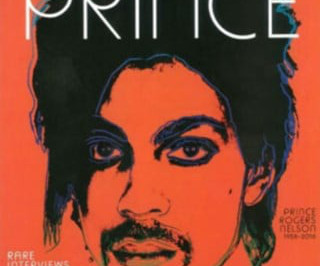Authorship of photographs and ownership of image rights in Nigeria: Banire v NTA-Star TV Network Ltd
The IPKat
SEPTEMBER 24, 2021
The Federal High Court dismissed the suit holding that the Respondent/Defendant’s use of the Appellant/Plaintiff’s image was not a violation of her right under the Copyright Act or the tort of passing off. Consequently, the appropriate defendant in this case was either the person directly involved with/in the taking of the photograph (i.e.











Let's personalize your content